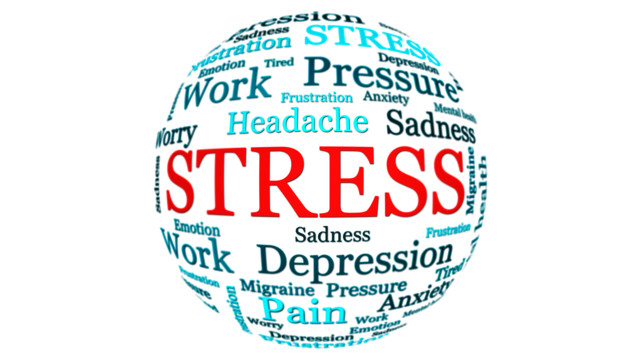Firm Management
6 Tips for Managing Technostress
Where would we be without technology? It allows us to work from anywhere, communicate with people across the globe in an instant, and get more done in less time than we’ve ever dreamed possible. But there’s a downside: technostress.
Dec. 02, 2021

Where would we be without technology? It allows us to work from anywhere, communicate with people across the globe in an instant, and get more done in less time than we’ve ever dreamed possible. But there’s a downside: technostress. You and your team may be feeling it even if you’ve never heard the term before. And it’s important to learn how to manage it if we want to continue moving our firms and our people forward.
What is technostress?
Technostress is the stress and negative psychological impact of introducing new technologies at work, in life and in play. It can impact our health in several ways: emotional, social, mental and cultural. The explosion of video conferencing, instant messaging, social media and other cloud-based tools might seem like the obvious culprit, but technostress isn’t new. It was first used in 1984 in response to the widespread adoption of computers in the workplace.
5 types of techno-stressors
Technostress usually comes from four different areas:
- Techno-invasion. Feeling like you always need to be available due to technology, you must sacrifice time to keep current on new technologies, and your personal life is being invaded by technology.
- Techno-overload. Feeling like you’re forced to do more work than you can handle or forced to work with very tight time schedules due to technology.
- Techno-complexity. Feeling like you don’t know enough about a new technology to handle it satisfactorily or don’t have enough time to study and upgrade your technology skills.
- Techno-uncertainty. Feeling like continual technological progress and shorter lifecycles for computers and other devices means your knowledge is constantly out-of-date.
Signs and symptoms of technostress
It can be difficult to recognize the signs and symptoms of technostress because the response is the same for other types of stress. Do you recognize any of the following in yourself or your team members?
- Physical: Frequent headaches, soreness, fatigue or an inability to relax
- Mental: Increased errors, lower productivity, concentration problems and low morale
- Emotional: Panic attacks, anxiety, an isolationist attitude and reduced job satisfaction
If you see these signs, it’s crucial to address technostress. Ignoring the problem can lead to exhaustion and burnout, which can lead to disengagement and turnover.
Managing technostress
Fortunately, there are ways to manage technostress that don’t require going back to 12-column ledgers or paper routing sheets. In fact, the regular use of technology in the right way can build coping skills. Here are some tips for managing technostress in your team.
- Assess the stress. The first step is to get a clear picture of the current situation in your firm. Consider sending a short monthly survey to your team using a tool like SurveyMonkey to get an idea of where people are struggling.
- Increase awareness. The concept of technostress isn’t new, but it’s one many people are unfamiliar with. Talk to your team about technostress, its causes and symptoms. Make sure people know they can speak up if they’re struggling or feel like they need additional training.
- Set and protect boundaries. Most of us have felt the pull to respond to emails on evenings and weekends, and the situation often gets worse when people work from home. As a leader in your firm, set an example by taking the time to disconnect from work and not sending emails at all hours.
- Improve technology training. Supplying proper training on new tools and systems can alleviate feelings of techno-complexity and techno-uncertainty.
- Update your processes to align with new technologies. Shoving new technology into ineffective processes won’t make your team more productive. In fact, it often has the opposite effect. Each time you introduce new technology, it’s crucial to review and update your processes.
- Reduce unnecessary communications. Video conferencing, email, instant messaging, workflow applications and other tools allow us to communicate anytime, anywhere. But without guidelines around which tools to use for which purpose, they can lead to communication overload and stress people out.
Getting a handle on technostress will only become more necessary as our workplaces become increasingly digital. Make sure everyone in your firm is aware of the causes and effects of technostress and take steps to mitigate them. This will help protect your team and keep them happy, healthy and productive.
=====
Marc Staut is chief innovation and technology officer at Boomer Consulting, Inc.
